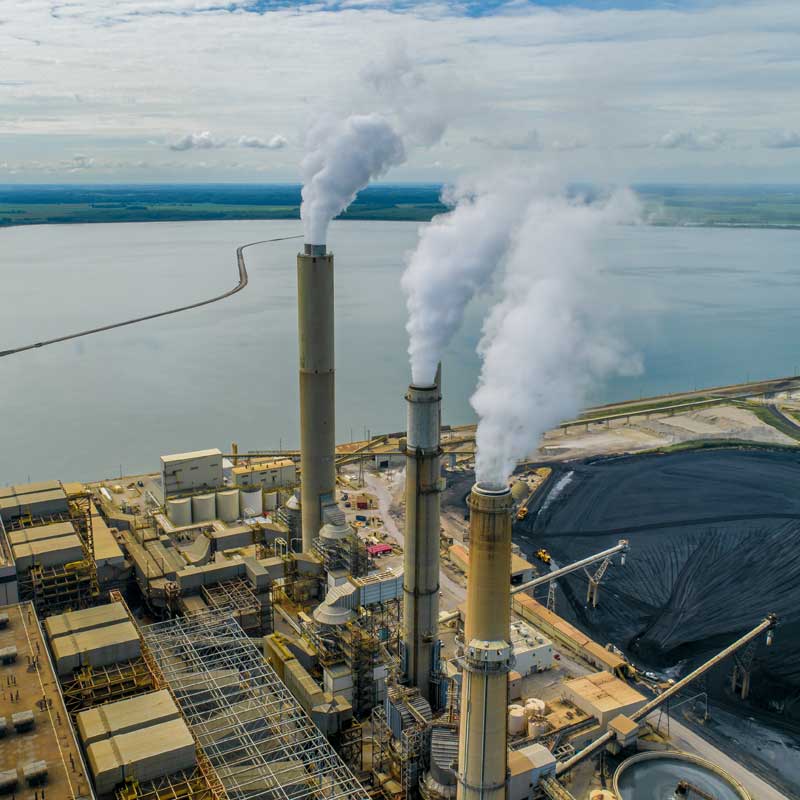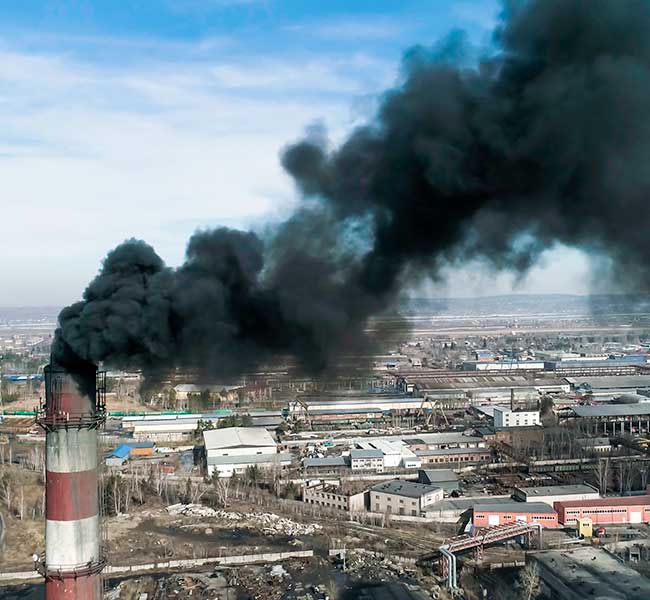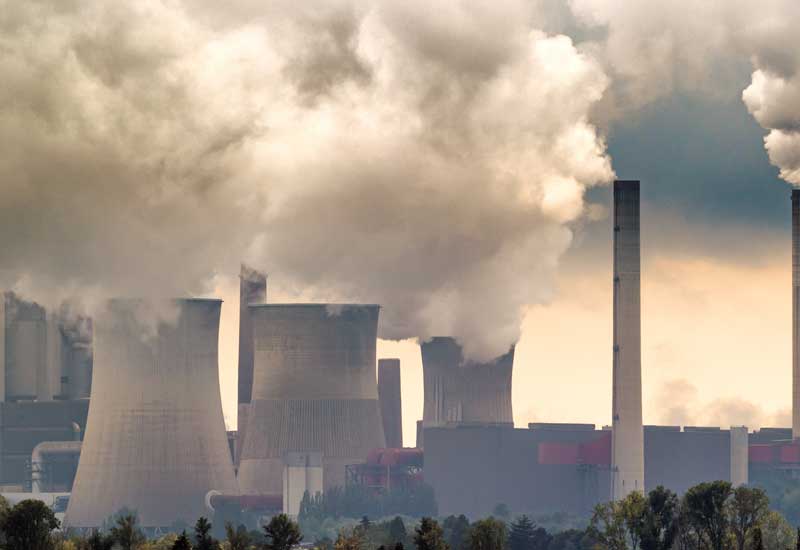

The power plant that has the least emissions is geothermal. Geothermal plants use warm air that is in the earth’s inner layers.
Another problem, with coal burning plants is there is coal ash. Coal ash is the waste left over from burning the coal. That coal ash is toxic to humans. It contains several toxic substances; these include:
Long term exposure to this coal ash, can lead to liver damage, kidney damage, cardiac arrhythmia, and several different cancers.
The several solutions to reduce power plant emissions. First is to switch to sustainable green energy where possible. Unfortunately, that is not possible in all cases.
The main solutions to reduce power plant emissions are:
Power plant emissions can cause the following health issues:
Those are the main issues, but there are plenty of others. These issues can cause premature death. Someone who is 40 that lives in the vicinity of power plants can die due to one of the diseases that these emissions can cause.
It is vital that we all work together, businesses and residents, to help cut down these emissions. We will save our planet and be healthier for it.
